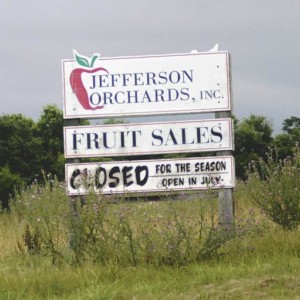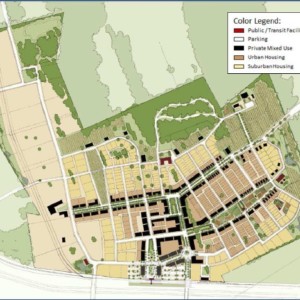In 2017, Rockwool, in conjunction with our local and state government, fast-tracked a plan to do away with our community’s plans for a sustainable mixed-use community. Instead, Rockwool had plans to build a global-scale insulation factory that would burn fossil fuels around the clock.
Rockwool’s Plan:
- Previously an apple orchard, Rockwool’s selected site location is across the street from an elementary school in a residential and agricultural area.
- Previous zoning for this area was designated as mixed-use. However, state and local government were bound with various “understandings” ahead of the environmental permit process, paving the way for heavy industry to come in.
Major Concerns:
- When citizens expressed concerns, Rockwool threatened our local government with a $100 million lawsuit if massive tax incentives were not met.
- Rockwool’s process to make insulation involves melting stone in 2,600 degree furnaces powered by coal and petroleum coke, then spinning the molten stone into fibers that are bound using toxic chemicals– including the neurotoxin Formaldehyde.
- Even though this process uses a minority percentage of recycled slag, it does not make up for the fact that this is an incredibly energy and resource intensive product. Nor does this make it sustainable.
- Rockwool’s plant would be the second largest emitter of toxic and hazardous air pollution in the entire state of West Virginia.
Watch this video to see how Rockwool's insulation is made
Why Are We Mad?
- In 2009, President Obama created the Partnership for Sustainable Communities that works to revitalize neighborhoods with convenient, affordable transit and clean energy.
- The City of Ranson was recognized nationally as a leader in this model community movement and received over $1 million in planning grants and assistance from three federal agencies to integrate affordable housing, economic development, and transportation to build a livable community.
- Ranson was one of only two cities, of 1,700 who applied, to get all three grants. Within the 2012 Ranson Comprehensive Plan, Jefferson Orchards was highlighted as one of the major redevelopment projects in the region. Ranson rezoned the property to have a maximum density 4,300 homes in a mixed-use Transit Oriented Development.
In 2013, the WV State Rail Authority passed a resolution to support the creation of a Transit Oriented Development that would be integrated with the design of the new NorthPort passenger train station at the site where Rockwool has broken ground on their plant. The Maryland Transit Authority also provided a letter of support and officially approved the relocation of an existing outdated station. By 2015 Ranson had adopted the NorthPort Feasibility Plan that showcased the idea of a multi-modal community featuring 1,000 homes (single family, townhomes and apartments), 10 parks and 800,000 sq ft of office and commercial space.
What happened? Rockwool came to town and secretly negotiated a rezoning application giving them an extra 100 acres of industrial, a Land Use Restriction Agreement and a Right to First Refusal. Rockwool has removed the legal avenues to build homes at Jefferson Orchards. No homes means no mixed-use community built around mass transit connecting us to Washington, D.C. And there goes our real-life Sustainable City vision up Rockwool’s 21 story smokestacks. Never to return.




